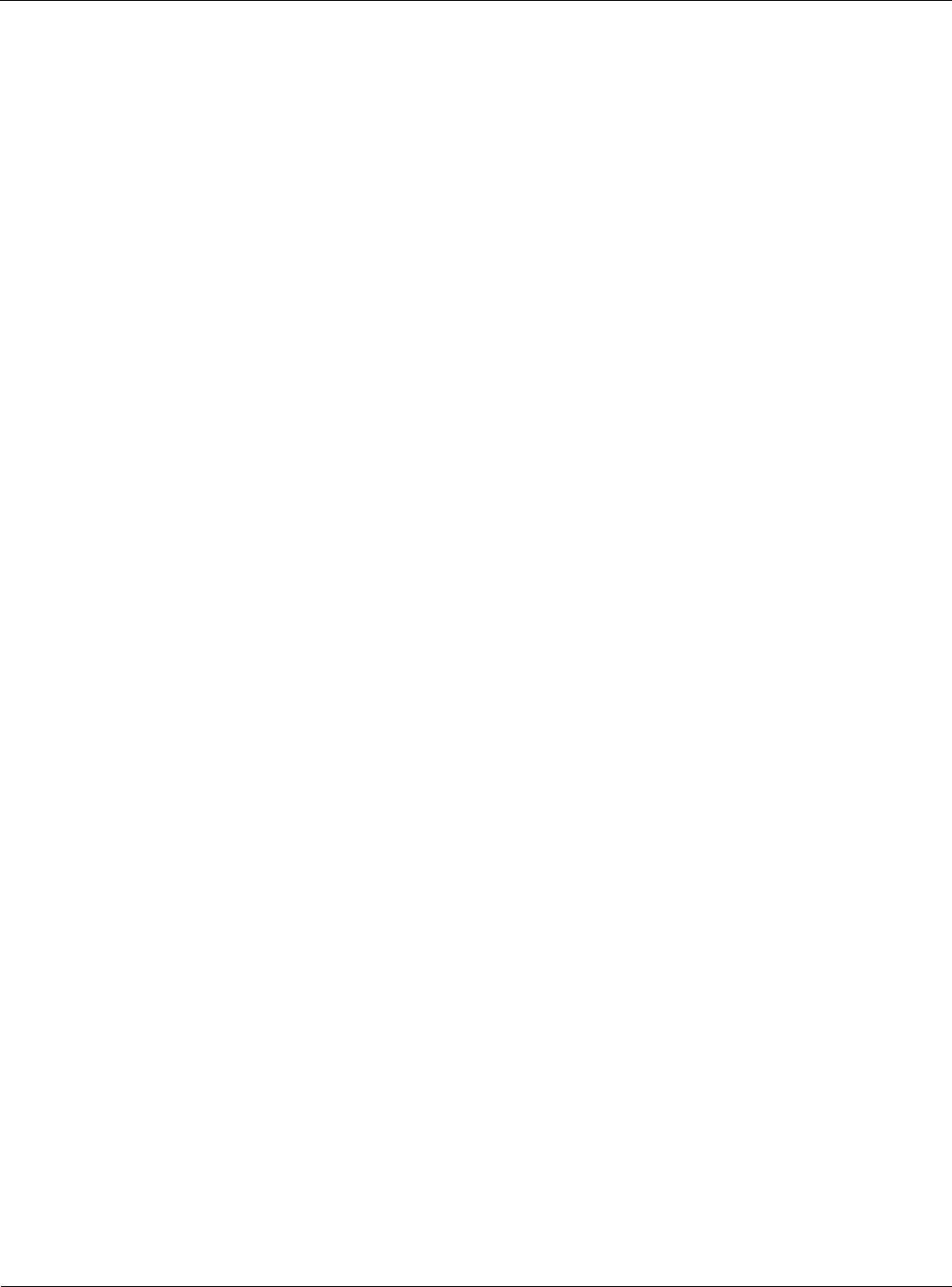Instruction manual
Table Of Contents
- Introduction
- Using the Keypad/Display
- Keypad/Display Menu Structure
- System Summary Menu
- Standard Menus
- System Menu
- Occupancy Menu
- Temperature Menu
- Flow Summary Menu
- Supply Fan Speed Menu
- Return/Exhaust Fan Speed Menu
- Cooling Menu
- Head Pressure Menu
- Evap Condensing Menu
- Economizer Menu
- Min OA Damper Menu
- Heating Menu
- Energy Recovery
- Dehumidification Menu
- Daily Schedule Menu
- One Event Schedule Menu
- Holiday Schedule Menu
- Optimal Start Menu
- Operating Hours Menu
- Extended Menus
- Unit Setup Menu
- Timer Settings Menu
- Time/Date Menu
- Supply Fan Setup Menu
- Return/Exhaust Fan Setup Menu
- Zone Temperature Setup Menu
- Compressor Setup Menu
- Head Pressure Setup Menu
- Chilled Water Setup Menu
- Economizer Setup Menu
- Design Flow Setup Menu
- Heating Setup Menu
- Dehumidification Setup Menu
- Alarm Out Configuration Setup Menu
- Alarm Limits Setup Menu
- Manual Control Menu
- LON/BACnetIP/BACnetMSTP Setup Menu
- Active Alarm Menu
- Alarm Log Menu
- Advanced Menus
- Unit Configuration Setup Menu
- Save/Restore Menu
- Alarm Delays Setup Menu
- Analog Input Status Menu
- Universal I/O Status Menu
- Digital Input Status Menu
- Digital Output Status Menu
- Adv Setup Settings Menu
- Adv Status Parameters Menu
- Alarms
- Operator’s Guide
- Determining Unit State
- Off Operating State
- Start Up Operating State
- Recirculating Operating State
- Heating
- Economizer
- Mechanical Cooling
- Determining Unit Status
- Determining Control Mode
- Determining Cooling Status
- Determining Heat Status
- Determining Economizer Status
- Determining Cooling Capacity
- Determining Heating Capacity
- Determining Supply Air Fan Capacity
- Determining RF/EF Capacity
- Determining Outside Air Damper Position
- Determining Emergency Mode
- Determining Application Mode
- Determining Occupancy Status
- Determining Occupancy Mode
- Determining Occupancy Source
- Unoccupied Operation
- Scheduling
- Temperature Control Configurations
- Heat/Cool Changeover
- Dehumidification
- Energy Recovery
- Outside Air Damper Control
- Outside Air Damper Control, Two Position
- Special Procedures for Units with WRV and More Than Two Circuits.
- Water Pump Control
- Cooling: Multistage
- Cooling: Modulating
- Heating Control
- Modulating
- Min DAT
- Indoor Air Fan - On/Off Control

86 McQuay OM 920
Operator’s Guide
In Return Air applications, a two position damper is driven closed position when the Supply
Fan is off, the unit is in the Recirculation state, Occupancy is set to Unocc, or the fan has been
on for less than the Zero OA Time. As a result the OA dampers are driven closed in night
setback, night setup, morning warm-up, and morning cool down situations. In Return Air
applications, a two position is driven to the desired minimum open position in all other
conditions.
For 100% outside air applications, the OA damper is open during the Start Initial period, and it
remains open during all operating states. The OA damper remains open after the fan is turned
off until 30 seconds after the Airflow Switch digital input indicates loss of airflow. This keeps
the outside air dampers open in case there is a failure or external override that keeps the fan
running after it is turned off by MicroTech. If the fan is turned on by bypassing MicroTech
controls that have it off, the Damper Output is NOT turned on.
Airside Economizer
If a unit is equipped with a 0-100% modulating economizer, and the outdoor air is suitable for
free cooling, the unit attempts to satisfy the cooling load by using outdoor air before using
mechanical cooling. When the control temperature is above the Zone Cooling Set Point by
more than half the Zone Cooling Dead Band and the discharge air temperature is above the
Discharge Cooling Set Point by more than half the Discharge Cooling Dead Band, the
controller enters the Econo state. When the unit is in the Econo operating state, the outdoor air
dampers are modulated as required to maintain the Discharge Cooling Set Point.
Economizer to Cooling Operating State
The transition from the Econo to Cooling operating state occurs when the economizer is
unable to satisfy the cooling load and mechanical cooling is available. This will occur when
the commanded economizer position indicates more than 95% open and the discharge air
temperature (DAT control units) or Control Temperature (Zone control units) is above the
applicable Cooling Setpoint by more than half the applicable Cooling Deadband for longer
than the Cooling Interstage Timer.
Waterside Economizer
If a unit is equipped with a 0-100% modulating waterside economizer, and the conditions are
suitable for free cooling, the unit attempts to satisfy the cooling load by using waterside
economizer before using mechanical cooling. When the control temperature is above the
Cooling Enable Set Point by more than half the Cooling Enable Dead Band and the discharge
air temperature is above the Discharge Cooling Set Point by more than half the Discharge
Cooling Dead Band, the controller enters the Econo state. When the unit is in the Econo
operating state, the economizer valve is modulated as required to maintain the Discharge
Cooling Set Point.
Bypass Valve Control
This section describes the operation of an analog output used to control a valve that allows
water to bypass a waterside economizer and flow directly into a condenser.
When the Bypass Valve is closed, all water flows through the waterside economizer before it
flows through the condenser. When the Bypass Valve is open, all water that flows into the self-
contained unit flows directly to the condenser without any water going through the waterside
economizer.










